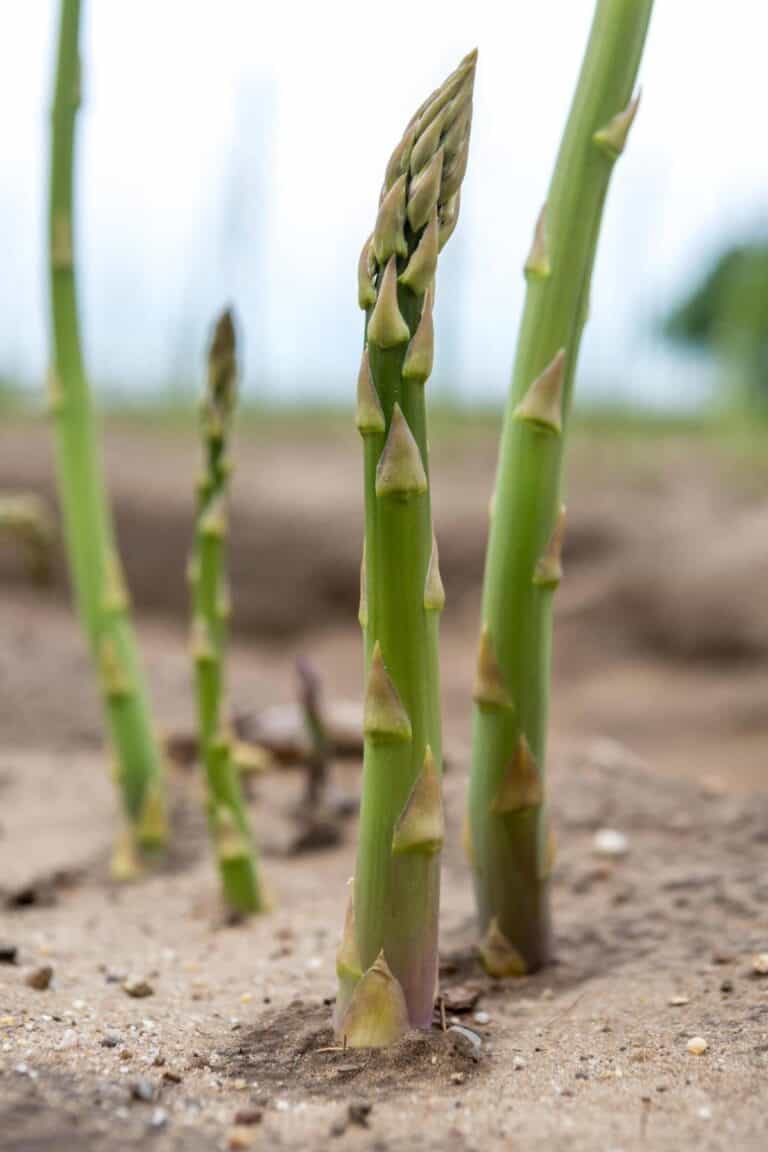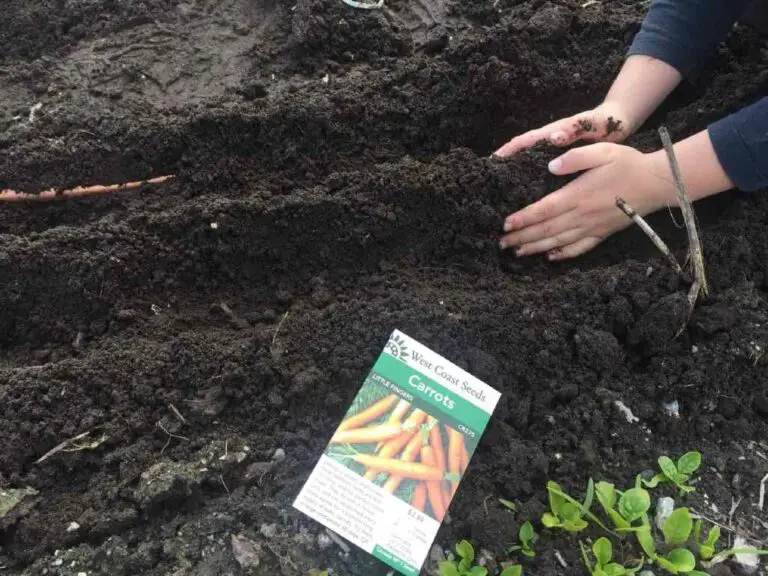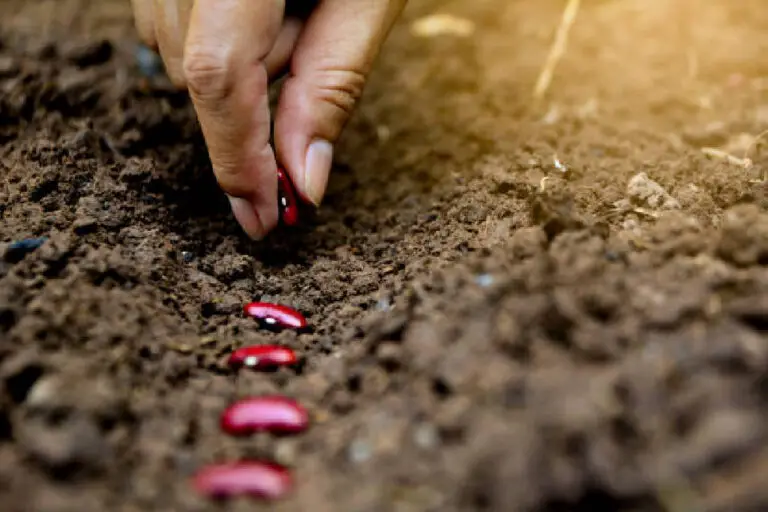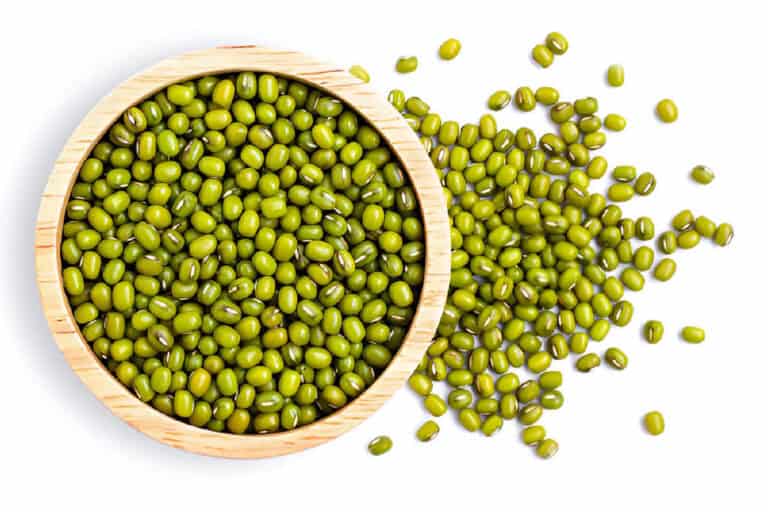7 Steps to Growing Perfect Asparagus in Containers!

Have you ever imagined getting fresh asparagus spears from your own urban yard or balcony? It’s not just a dream to grow perfect asparagus in pots; it’s a wonderful reality that’s just ready to be discovered! Giving up garden beds for planter boxes and raised beds makes growing your own veggies easier and more fun. This is for gardening fans, city dwellers, and those new to growing veggies.
Imagine thin green shoots growing out of small pots. They provide a harvest that is both rewarding and long-lasting.Container gardening isn’t just about limits; it’s also about freedom. You can grow lush asparagus in small city spaces, backyard corners, or any sunny spot. There are many benefits, such as saving room and keeping nature’s gifts close at hand. Why wait, then?
Let’s find out how to grow healthy asparagus plants in containers and pots and enjoy the fruits of our labor, every step of the way.
1. Choosing the Right Containers for Asparagus Growth
Growing asparagus in containers requires choosing the right size and type of container. This is crucial for the plant’s health and productivity. Asparagus has deep roots that need ample space to spread out, so opt for containers that are at least 18 inches deep to accommodate this growth. Also, choose containers that are about 20-24 inches wide. This allows enough room for many asparagus crowns without overcrowding them.
Proper drainage is key to preventing waterlogged soil, which can lead to root rot and other issues. Look for containers with drainage holes at the bottom, or consider adding a drainage system like rocks or perlite before adding soil. Planter boxes have slatted bottoms. Raised beds have good airflow. They also prevent excess moisture buildup. This ensures a healthy environment for your asparagus plants to thrive.
For urban gardeners or those with limited space, planter boxes mounted on walls or railings can be a creative solution. These vertical planters not only save space but also provide excellent air circulation for the asparagus roots. On the other hand, growing asparagus in raised beds is a versatile option suitable for larger outdoor spaces, allowing you to grow multiple asparagus varieties in the same area while maintaining good soil structure throughout the container.
Choose containers that fit your space and style. They will set up a successful homegrown asparagus harvest!
2. Preparing the Soil Mix for Perfect Asparagus Growth
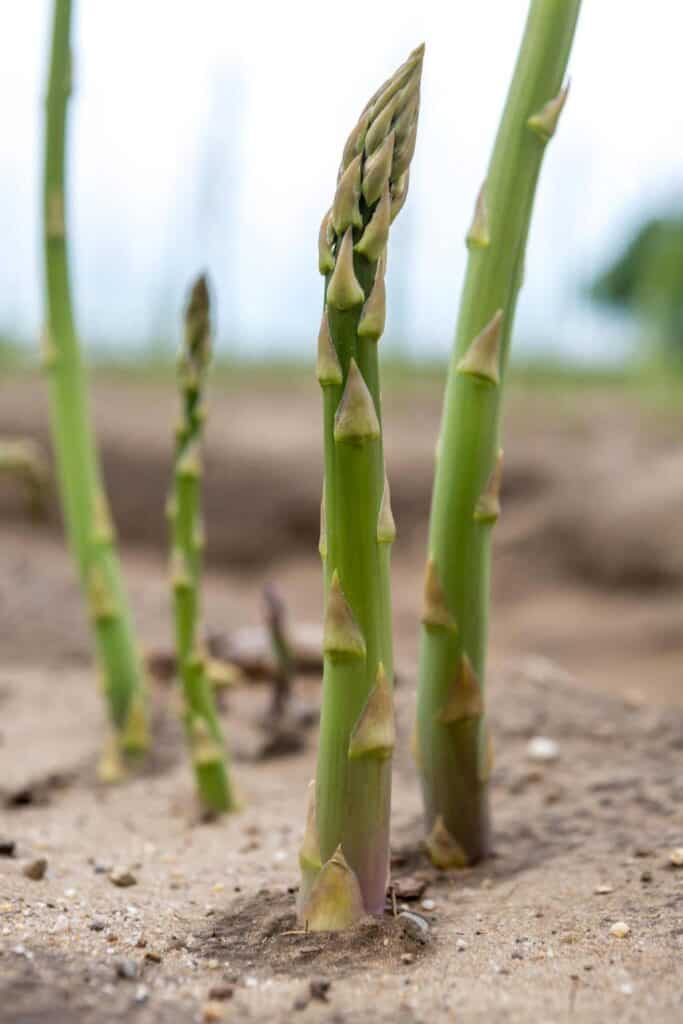
The soil mix is very important for making sure your asparagus plants do well when they are grown in pots. Success lies in a well-draining environment. It lets asparagus roots grow without becoming waterlogged.
To create an optimal soil mix for container-grown asparagus, consider combining equal parts of high-quality potting soil, perlite or sand for drainage, and compost for nutrient richness. This blend improves water retention and aeration. It also fosters healthy root growth, which is critical for big harvests.
Adding organic matter to your soil mix is a natural powerhouse. It boosts plant growth and vitality. Compost, aged manure, or worm castings are excellent choices to enrich the soil with essential nutrients that support robust asparagus growth.
These organic additions not only provide a sustainable source of nutrition but also improve soil structure over time, fostering a thriving ecosystem for your container-grown asparagus. Think of this organic-infused environment as a buffet for your plants. It gives them all the nourishment they need to grow and make tasty spears year after year.
Growing perfect asparagus in containers is rewarding. But, remember that the soil mix is both the foundation and food for your plants.
3. Selecting Asparagus Varieties
When it comes to selecting the right asparagus varieties for container gardening, there are a few key considerations to keep in mind. Some varieties are better suited for growing in containers due to their compact size and adaptability to confined spaces.
For example, ‘Mary Washington‘ is a popular heirloom variety known for its robust growth and excellent flavor that thrives in containers. On the other hand, ‘Sweet Purple‘ offers not only delicious spears but also an attractive addition to your container garden with its vibrant purple hues.
Beginners venturing into asparagus cultivation should choose low-maintenance varieties. These types forgive minor mistakes during growing. Varieties like ‘Jersey Knight‘ are renowned for their disease resistance and high yields, making them perfect choices for those new to container gardening.
When choosing an asparagus variety, consider factors such as the average yield per plant, flavor profile, and whether they are well-suited for growing in limited spaces like pots or raised beds.
In the world of container gardening, adaptability is key. Look for versatile asparagus varieties like ‘Gijnlim.’ They not only yield plentiful harvests but also thrive in the changing conditions common in container environments. By selecting the right asparagus variety that aligns with your space constraints, taste preferences, and experience level, you set yourself up for a successful harvest season while enjoying the process of nurturing these delicious spears from seed to table.
4. Planting Asparagus Crowns or Seeds
When it comes to planting asparagus in containers, starting right is essential for a successful harvest. Begin by selecting healthy asparagus crowns or seeds from a reputable supplier. Ensure that the crowns have a good root system and that the seeds are fresh for optimal germination rates. Planting asparagus crowns is popular among gardeners. This is due to their quicker establishment compared to seeds.
For planting, choose a container that is at least 18 inches deep to accommodate the deep root system of asparagus plants. Place your chosen crowns or sow your seeds in well-draining soil. Plant them about 1-2 inches deep. Space them 12-18 inches apart to allow room for growth. Water the newly planted crowns or seeds thoroughly but avoid waterlogging, which can cause rotting.
As your asparagus begins to grow, keep an eye out for any signs of stress, such as yellowing leaves or stunted growth. Adjust watering if needed, ensuring the soil remains consistently moist but not waterlogged. Once established, your asparagus plants will reward you with fresh spears each season. But, this only happens if they’re given proper care from the moment they’re planted in those initial tender stages.
5. Caring for Container-Grown Asparagus
Once your asparagus is comfortably settled in its container, it’s crucial to provide it with the care it needs to thrive. Watering regularly is key to keeping your asparagus happy. Stick your finger into the soil – if it’s about an inch down, it’s time to water. But be cautious of overwatering, as asparagus doesn’t like soggy roots. Finding that balance is like giving your plant a refreshing drink without making it swim.
Fertilizing is another essential part of caring for your container-grown asparagus. Think of fertilizer as a nourishing meal for your green companions. A balanced fertilizer can supplement the nutrients in the soil and help boost growth. Imagine feeding your plants a delicious homemade stew. It’s packed with all the right elements they need: nitrogen, phosphorus, and potassium. Yum!
Now, let’s talk pests! These little critters love munching on our precious plants. It’s like hosting an unwanted dinner party in our garden! To keep them at bay, inspect your asparagus regularly for any unwelcome guests, and intervene promptly if you find any suspicious characters lurking around. Neem oil or insecticidal soap can be great natural remedies to protect your crop from these uninvited visitors.
Remember, overcrowding can lead to competition for resources among your precious asparagus plants. Just like we need our personal space, so do they! Keep an eye out for signs of nutrient deficiencies, such as yellowing leaves or stunted growth. Prevention is better than cure for diseases. Proper spacing, good hygiene, and regular inspection can safeguard your crop from unnecessary illness. By tending to these care aspects diligently, you’ll ensure a flourishing harvest of fresh and healthy asparagus from your containers!
6. Harvesting Fresh Asparagus
After diligently caring for your container-grown asparagus, it’s time to reap the fruits of your labor. Harvesting asparagus is a rewarding process that requires patience and precision.
When the spears reach about 8-10 inches in height and the tips are tight, they are ready for picking. Gently snap or cut the spears at soil level to avoid damaging the crowns – this encourages continuous growth throughout the season.
To ensure a bountiful harvest all season, practice sustainable harvesting methods. Never pick all the spears from one plant; instead, only harvest about a third of the spears from each plant in your container garden.
By allowing some spears to mature fully into ferns, you’re helping recharge the asparagus crowns with energy for future seasons’ growth. This method promotes healthy plants and guarantees a fresh supply of asparagus year after year.
Once you’ve harvested your fresh asparagus, proper storage is key to maintaining its flavor and crispness. To preserve that farm-to-table freshness, place freshly harvested asparagus upright in a glass with an inch or two of water in the refrigerator – just like asparagus flowers in a vase!
For longer-term storage, wrapping them in a damp paper towel and placing them in a plastic bag can keep them fresh for up to a week. Alternatively, blanching and freezing excess asparagus can extend their shelf life for up to nine months without sacrificing quality or taste.
7. Winterizing Container Asparagus
As the winter chill approaches, it’s time to gear up to protecting your beloved container-grown asparagus. By taking a few proactive measures, you can ensure that your plants survive the cold months and come back thriving in the next growing season.
One key aspect of winterizing your container asparagus is mulching – think of it as tucking them in with a cozy blanket. A layer of straw, dried leaves, or shredded bark around the crowns can help insulate them from drastic temperature changes and prevent frost damage.
When Jack Frost starts nipping at your plants, be prepared! Consider using frost cloth or lightweight row covers to shield your container-grown asparagus from freezing temperatures. These protective layers act as barriers against harsh weather conditions while still allowing essential sunlight and airflow to reach your plants. Remember, even a few degrees can make a big difference in ensuring the survival of your precious asparagus crop during the winter frost.
To give your potted asparagus the best chance at overwintering, plan for their care in the dormant season. Keep an eye on soil moisture levels. – while watering frequency reduces in colder months, ensuring that the soil doesn’t completely dry out is vital for plant health.
Also, consider moving smaller containers to more sheltered spots. Or, move them close to heated buildings to shield them from extreme weather. With thoughtful planning and protective measures, you can set the stage for a bountiful harvest when spring rolls around.
Happy Harvests Await: Grow Asparagus in Containers Today!
In conclusion, mastering the art of growing perfect asparagus in containers boils down to these seven essential steps. You must choose the right containers and make nutrient-rich soil mixes. You must also pick suitable plant types and care for your plants well. Each stage is vital for a bountiful harvest.
So, why wait? Dive into the world of container gardening with confidence! Embrace the joy of cultivating your own fresh produce right at home. Share your successes with fellow gardening enthusiasts and inspire others to embark on their green journey. Let your container garden be a source of pride and satisfaction. Enjoy the crisp taste of homegrown asparagus from your own harvest. Happy planting!

